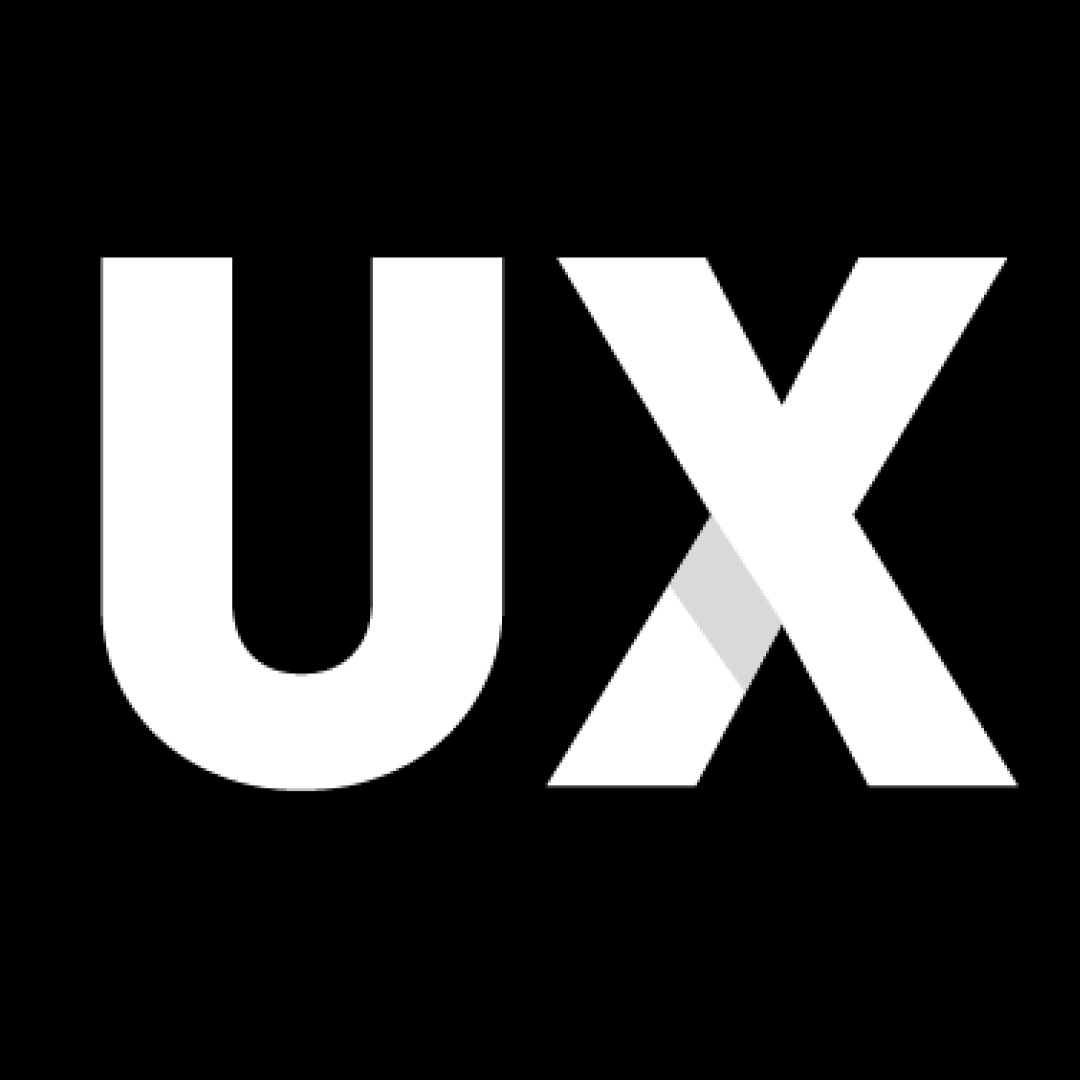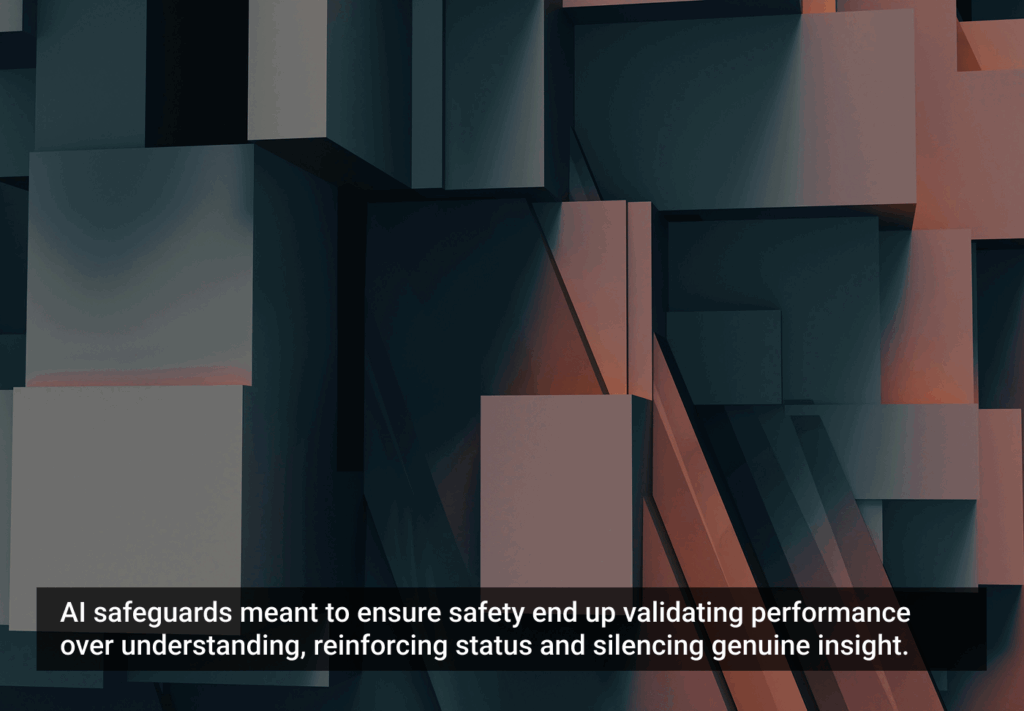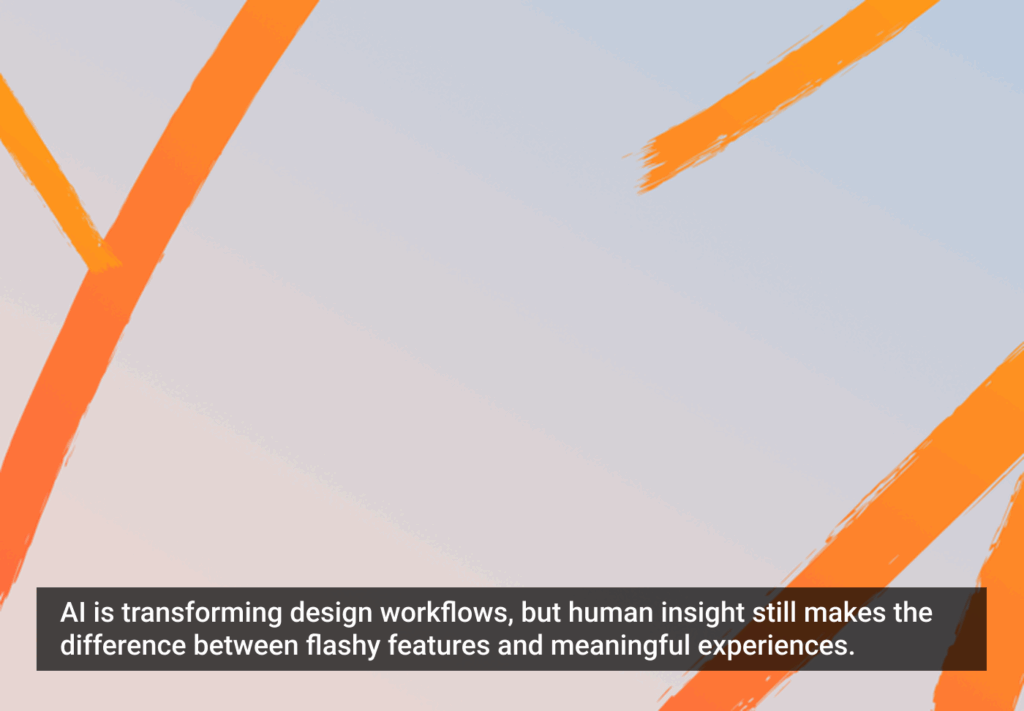The Strategic Imperative: Why Organizations Need OAGI Before AGI
While the tech world fixates on Artificial General Intelligence (AGI) as the ultimate frontier of AI development, forward-thinking organizations are discovering a more immediate and strategically valuable opportunity: Organizational Artificial General Intelligence (OAGI). This emerging concept represents a fundamental shift in how businesses should approach AI implementation, moving beyond the pursuit of general intelligence toward building specialized, organizationally-aware AI systems that can transform operations today.
Understanding OAGI: Intelligence That Knows Your Business
OAGI, a concept first introduced by Robb Wilson and Josh Tyson in the Invisible Machines podcast, isn’t about creating AI that can think like humans across all domains. Instead, it’s about developing AI that deeply understands the unique fabric of your specific organization—its people, policies, products, data, priorities, and processes. As Wilson and Tyson explain in the second edition of “Age of Invisible Machines,” OAGI represents “a system that knows enough to understand and contextualize everything that’s happening at any given moment inside and across an organization.”
They offer a compelling analogy: “A company that reaches OAGI is a bit like someone in a state of ketosis—having starved a body of carbohydrates to burn for energy so it starts burning fat for fuel instead… OAGI means you’ve reorganized your organization’s insides (likely starving it of outdated tools and processes) so that it can exist in a far more potent and efficient state.”
The authors envision a future where employees can “ask a smart speaker for help and instantly engage with a conversational operating system for their company that connected them to all the relevant departments and data needed to make their work less tedious and more impactful. This is the essence of organizational artificial general intelligence, or OAGI” (https://uxmag.com/articles/what-is-oagi-and-why-you-need-it-before-agi).
This distinction is crucial. While AGI remains a theoretical milestone that may take years or decades to achieve, OAGI is locally achievable with today’s technology. McKinsey’s research on AI implementation, including their 2025 report “The State of AI: How Organizations Are Rewiring to Capture Value,” consistently shows that organizations derive the most value from AI when it’s deeply integrated with their specific business processes and data, rather than when they rely on generic AI solutions (https://www.mckinsey.com/capabilities/quantumblack/our-insights/the-state-of-ai).
The Orchestration Challenge
The technical foundation for OAGI lies in sophisticated orchestration rather than raw intelligence. Wilson and Tyson describe this as being about “how to get your team and company to organize and operate in ways that are highly conducive to achieving and maintaining a self-driving state.” As they note, conversational interfaces are evolving into control layers or operating systems for enterprise systems. When combined with AI agents and automation tools, these interfaces become gateways to a living, evolving representation of your organization.
This orchestration challenge is where many organizations falter. They invest heavily in individual AI tools and agents without creating the unified intelligence layer necessary for true organizational intelligence. As OneReach.ai explains in their research on enterprise AI orchestration: “hurling isolated agents at isolated workflows is a costly approach that sets organizations back. What drives agentic AI beyond RPA, BPA, APA, and IPA is the ability for AI agents to collaborate with other agents and the humans within an organization to not only execute automations but also seek out improvements to them” (https://onereach.ai/journal/unlocking-enterprise-value-with-ai-agent-orchestration/).
Platforms like OneReach.ai are addressing this gap by enabling businesses to coordinate conversational and graphical interfaces, automation tools, and AI agents into a cohesive system that can reason about organizational complexity. Their approach recognizes that “successful implementation of agentic AI demands an ecosystem where a shared library of information, patterns, and templates join with code-free design tools to produce high-level automation and continual evolution” (https://onereach.ai/journal/unlocking-enterprise-value-with-ai-agent-orchestration/).
The Governance Imperative
The path to OAGI requires more than just technical implementation—it demands robust organizational AI governance. Research published in the AI and Ethics journal by Bernd Carsten Stahl and colleagues defines organizational AI governance as the framework needed to “reap the benefits and manage the risks brought by AI systems” while translating ethical principles into practical processes (https://link.springer.com/article/10.1007/s43681-022-00143-x). This governance becomes even more critical when AI systems gain the ability to act autonomously on behalf of the organization.
Effective AI governance for OAGI implementation must address several key areas. First, organizations need clear policies about how AI agents can access and utilize organizational data. Second, they require frameworks for ensuring AI decisions align with business objectives and ethical standards. Third, they need mechanisms for monitoring and auditing AI behavior across complex workflows.
The responsibility for this governance can’t be delegated to IT departments alone. As organizational AI becomes more sophisticated, it requires cross-functional governance that includes business leaders, legal teams, HR, and operational stakeholders. This collaborative approach ensures that OAGI development serves the organization’s broader strategic objectives rather than just technical capabilities.
The Self-Driving Organization
The ultimate goal of OAGI is to create what Wilson and Tyson call a “self-driving organization”—an entity that can adapt, learn, and optimize its operations with minimal human intervention (https://uxmag.com/articles/what-is-oagi-and-why-you-need-it-before-agi). This doesn’t mean replacing human workers but rather augmenting human capabilities with AI that understands organizational context deeply enough to handle routine decisions and coordination tasks.
This vision aligns with McKinsey’s research findings, including their 2023 report “The Economic Potential of Generative AI: The Next Productivity Frontier,” which demonstrates that the most successful AI implementations focus on augmenting human capabilities rather than replacing them entirely (https://www.mckinsey.com/capabilities/mckinsey-digital/our-insights/the-economic-potential-of-generative-ai-the-next-productivity-frontier). Organizations that achieve OAGI don’t just automate individual processes; they create intelligent systems that can coordinate across processes, departments, and functions while maintaining organizational coherence.
The AGI Distraction
The irony is that while AGI represents global complexity and remains largely theoretical, OAGI offers immediate, practical value. Many organizations are “skipping over the intelligence they actually need, and that is attainable and advanceable now, in favor of intelligence they may never get—or perhaps more importantly, that won’t be in their control” (https://uxmag.com/articles/what-is-oagi-and-why-you-need-it-before-agi).
This misalignment of priorities stems from the compelling narrative around AGI. The promise of human-level artificial intelligence captures imaginations and dominates headlines, but it can distract from the significant value available through more focused, organizationally-specific AI development. Multiple McKinsey studies on AI implementation consistently show that specialized, context-aware AI systems deliver better business outcomes than generic solutions (https://www.mckinsey.com/capabilities/quantumblack/our-insights/the-state-of-ai).
Building OAGI: A Strategic Roadmap
Developing OAGI requires a systematic approach that goes beyond deploying individual AI tools. Organizations must start by mapping their existing processes, data flows, and decision points to understand where AI can add the most value. This mapping exercise reveals the interconnections and dependencies that OAGI systems need to understand.
The next step involves building the orchestration layer that can coordinate multiple AI agents and systems. This isn’t just about technical integration—it requires creating shared protocols, data standards, and governance frameworks that enable AI agents to work together effectively. Platforms designed for this purpose, such as OneReach.ai, provide the infrastructure necessary for sophisticated agent coordination (https://onereach.ai/).
Finally, organizations must invest in continuous learning and adaptation mechanisms. Unlike traditional software systems, OAGI systems improve over time by learning from organizational behavior and outcomes. This requires robust feedback loops, performance monitoring, and iterative improvement processes.
The Competitive Advantage
Organizations that successfully implement OAGI gain significant competitive advantages. They can respond more quickly to market changes, optimize operations more effectively, and provide better customer experiences through AI systems that understand their specific business context. These advantages compound over time as the AI systems become more sophisticated and organizationally aware.
More importantly, OAGI creates a foundation for future AI adoption. Organizations that have developed sophisticated orchestration capabilities and governance frameworks are better positioned to integrate new AI technologies as they become available. They’ve built the organizational intelligence layer that can adapt to technological evolution.
Conclusion
The race to AGI may capture headlines, but the real opportunity for most organizations lies in developing OAGI. This approach offers immediate value while building the foundation for future AI adoption. Organizations that focus on creating intelligence that deeply understands their unique business context will find themselves better positioned to thrive in an AI-driven future.
The key insight is that organizational intelligence is locally achievable with today’s technology. Rather than waiting for the theoretical promise of AGI, forward-thinking organizations are building the specialized, orchestrated AI systems that can transform their operations now. OAGI represents the first major milestone on the path toward thriving in the age of AI—and it’s a milestone that organizations can reach today with the right strategy and commitment.
As Wilson and Tyson conclude, OAGI is how your organization becomes more self-driving. In an era where competitive advantage increasingly depends on operational agility and intelligence, that capability may be the most valuable investment an organization can make.
Sources
- UX Magazine: “What Is OAGI—and Why You Need It Before AGI” – https://uxmag.com/articles/what-is-oagi-and-why-you-need-it-before-agi
- McKinsey & Company: “The State of AI: How Organizations Are Rewiring to Capture Value” (2025) – https://www.mckinsey.com/capabilities/quantumblack/our-insights/the-state-of-ai
- McKinsey & Company: “The Economic Potential of Generative AI: The Next Productivity Frontier” (2023) – https://www.mckinsey.com/capabilities/mckinsey-digital/our-insights/the-economic-potential-of-generative-ai-the-next-productivity-frontier
- AI and Ethics Journal: “Defining Organizational AI Governance” by Bernd Carsten Stahl et al. – https://link.springer.com/article/10.1007/s43681-022-00143-x
- OneReach.ai: AI orchestration platform – https://onereach.ai
- “Age of Invisible Machines” (2nd edition) by Robb Wilson and Josh Tyson (2025): https://a.co/d/1GTigQv
- Invisible Machines Podcast by Robb Wilson and Josh Tyson: https://uxmag.com/podcasts
- OneReach.ai Blog: “Unlocking Enterprise Value with AI Agent Orchestration” – https://onereach.ai/journal/unlocking-enterprise-value-with-ai-agent-orchestration/








